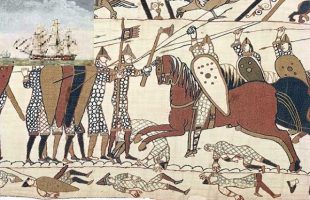The elegance and style of Neiman Marcus, the famous Texas 1940s department store. Brought to life, colorized with added sound. The first section is a film, colorized, upscaled to 4K 60fps and with added sound. The second feature uses AI to bring some wonderful stills to life.
In 1945, Life Magazine featured the Neiman Marcus Department store in Dallas, Texas, through the lens of photographer Nina Leen. These images captured the glamour of American women’s fashion and highlighted the store’s luxury retail.
Neiman Marcus, located at the corner of Ervay and Main streets, was a phenomenon in the heart of Texas oil country, far from the nation’s fashion hubs. The four-story building was primarily for women’s clothing, selling more couture dresses, shoes, hats, and jewelry from designers like Tiffany and Black than any other store in the U.S.
Founded in 1907 by Herbert Marcus and Carrie Neiman, the store’s focus was always on feminine attire. Herbert and his son, Stanley Marcus, who later ran the business, were deeply committed to serving women’s needs. The store’s design mimicked a Hollywood set, with a theatrical elegance that matched its opulent clothing departments. Its models and shop assistants were as glamorous as any actress.
Despite its iconic status, the store had a tumultuous start. It burned down in 1914, and Stanley Marcus often joked about its founding, noting that his father had the option to invest his $25,000 in the fledgling Coca-Cola company in 1907. “Neiman Marcus was basically founded on bad judgment!” he would quip.
In 1955, in a racially divided South, Stanley Marcus defied his shareholders by hiring the first Black female store assistants in Texas. This was a significant act of defiance at a time when many modern American department stores shamefully denied entry to Black people.
The store’s exclusive atmosphere was part of its appeal. Customers were guided through the vast choices of dresses, lingerie, shoes, cosmetics, and other accessories by a staff of perfumed saleswomen and models. The store was strict with its suppliers; if a competitor was found to have one of its items, the garment was immediately withdrawn.
For more information on Neiman Marcus read our blog.


